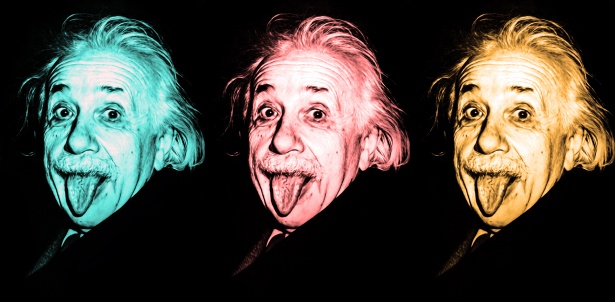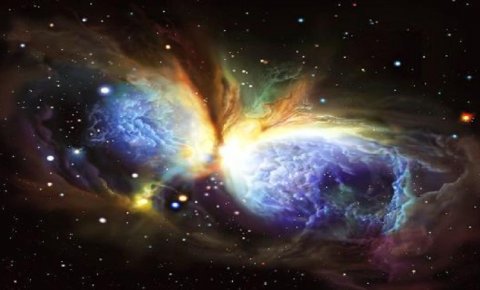Research - Crashing Stars Prove Einstein's Theory, Make Space Jewelry
The collision of two neutron stars in deep space created ripples in the fabric of space-time, just as Physicist Albert Einstein predicted in 1916 with his theory of general relativity.
"This is the one we've all been waiting for," said space watcher David Reitze, executive director of the Laser Interferometer Gravitational-Wave Observatory (LIGO) Laboratory at Caltech in Pasadena, California.


This collision happened 130 million light years away in a galaxy called NGC 4993, located in the Constellation Hydra - which means that the two dead stars smashed together when dinosaurs roamed the earth and that the light and gravitational waves have only just reached us. The stars had gone super nova even longer before that, and collapsed into themselves. Each star was heavier than our Sun, but only 20 kilometers across.
On 17 August, the LIGO observatory in the United States detected gravitational waves. Within seconds, the Fermi Gamma Ray Space Telescope registered a huge gamma ray burst. The European Virgo detector witnessed the same outburst, and a scientists in network of research stations around the world soon confirmed that the collision and fusion of two neutron stars. The event is called a "kilonova" - 1,000 times more powerful than a supernova. xprague.com
The discovery also solves the mystery of the source of the precious metals we earthlings covet so: "Using some of the world's best telescopes, we have discovered that this neutron star merger scattered heavy chemical elements, such as gold and platinum, out into space at high speeds," said Dr. Kate Maguire, from Queen's University Belfast. "These new results have significantly contributed to solving the long-debated mystery of the origin of elements heavier than iron in the periodic table."








 Create PDF
Create PDF Print
Print Email to friend
Email to friend